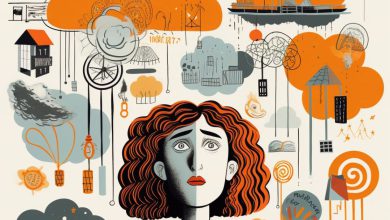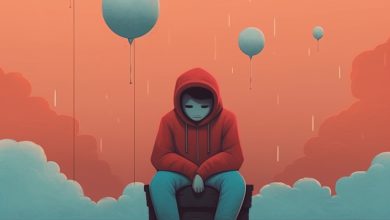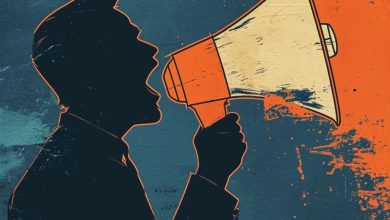OCD and Asexuality | Reality vs. Social Misconceptions
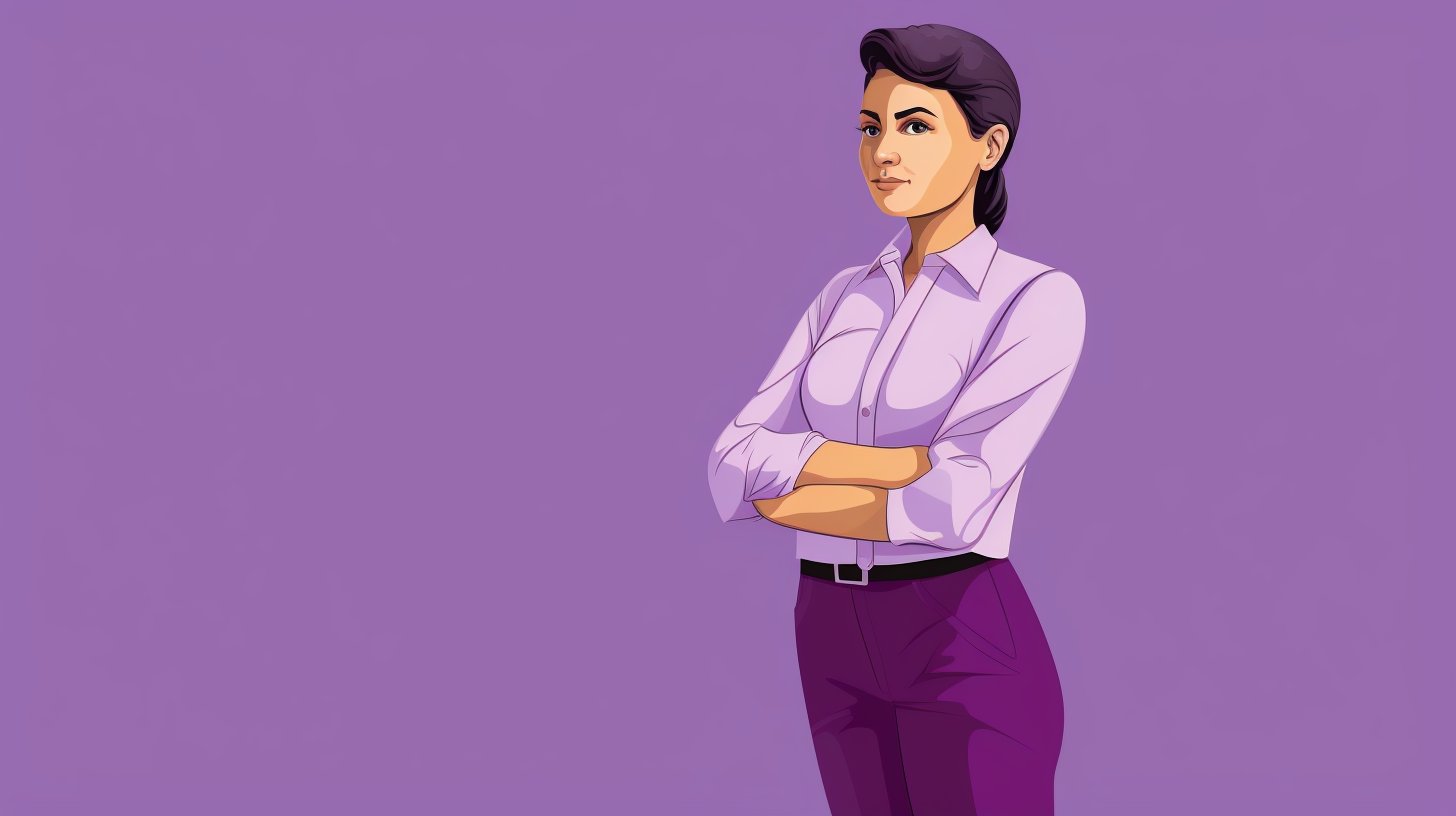
OCD, a mental health condition that affects millions worldwide, manifests in various forms, from persistent fears to ritualistic behaviors.
On the other hand, Asexuality challenges conventional norms of human connection, emphasizing emotional bonds over sexual desire. While seemingly disparate, there has been a growing interest in understanding the potential interplay between these two seemingly unrelated aspects of human experience.
In this post, not to claim definitive answers, we explore the possibility of shared traits or experiences of OCD and asexuality.
OCD and Asexuality Overview

OCD is a mental health condition characterized by persistent intrusive thoughts and repetitive behaviors aimed at alleviating distress. Individuals with OCD often grapple with unwanted obsessions that trigger anxiety, compelling them to perform compulsive rituals to regain a sense of control. These rituals can range from checking and counting to excessive cleaning, creating a cycle that significantly impacts daily life.
On the other hand, Asexuality is a sexual orientation characterized by a lack of sexual attraction to others. Asexual individuals may still experience romantic or emotional connections but don’t experience the conventional sexual desires that often define other sexual orientations. It’s important to recognize that Asexuality exists on a spectrum, with some individuals identifying as completely asexual, while others may experience limited or infrequent sexual attraction.
It’s important to recognize that Asexuality exists on a spectrum within the LGBTQIA+ community, with some individuals identifying as completely asexual, while others may experience limited or infrequent sexual attraction. Importantly, Asexuality is not categorized as a mental health issue.
| Learn more: What is OCD? | Symptoms, Types, and Diagnostic Criteria
Shared Traits Between OCD and Asexuality
Ever wondered if there are common threads between Obsessive-Compulsive Disorder (OCD) and Asexuality? Surprisingly, there are! People dealing with both share some similar challenges. Let’s discover these shared experiences with a simple breakdown:
| Shared Traits | OCD | Asexuality |
| Need for Control and Order | Often like things to be in order and structured to manage their anxiety. | Resilience against societal pressure, needing resilience against expectations, requiring a sense of control over their identity. |
| Dealing with Anxiety and Unwanted Thoughts | Having anxiety through intrusive thoughts that won’t go away. | Might feel anxious due to societal misunderstandings about their orientation. |
| Figuring Out Who You Are | Involves ongoing self-discovery and acceptance. | Journey of understanding and accepting their sexual orientation. |
| Feeling Isolated | May lead to social withdrawal due to compulsions. | May feel isolated due to societal pressures and lack of understanding. |
| Facing Stigma | Encounters societal stigma, leading to shame. | Experiences societal stigma, contributing to reluctance to openly discuss. |
Impact of OCD on Asexuality
While both Obsessive-Compulsive Disorder (OCD) and asexuality are complex experiences in their own right, their interaction can be particularly challenging.
OCD can manifest in asexual individuals through fixations on their lack of attraction, leading to distress and questioning their identity. This can include obsessions about being “broken” or needing to “fix” themselves, and compulsions like excessive research on asexuality or seeking constant reassurance about their orientation. It’s crucial to remember that OCD doesn’t change one’s core sexual orientation. Asexuality is a valid sexual orientation, and OCD-fueled doubts shouldn’t be confused with a genuine desire for change.
| Also read: OCD and Intrusive Thoughts | Understanding and Coping Strategies
Impact of Asexuality on OCD
Not all asexual individuals will have Obsessive-Compulsive Disorder (OCD), but some might be more prone to it. Asexuals may grapple with intrusive thoughts related to societal acceptance or uncertainties about the legitimacy of their sexual orientation, potentially heightening the likelihood of experiencing OCD-related anxieties. It’s crucial to understand that not every asexual person will experience OCD, but recognizing potential vulnerabilities is important to provide support tailored to their unique experiences and challenges.
Societal Perceptions and Stigmas

Often, OCD is oversimplified, with misconceptions centering on cleanliness and order, overshadowing the broader spectrum involving intrusive thoughts and ritualistic behaviors. This lack of understanding contributes to stigmatization, fostering feelings of isolation among those grappling with OCD, who may hesitate to openly share their struggles due to fear of judgment.
On the other side, Asexuality challenges societal norms, and widespread understanding remains limited. Misconceptions about asexuality’s validity and doubts surrounding orientation are prevalent, leading to stigmas that can induce isolation, shame, and pressure to conform. When these stigmas converge in individuals experiencing both OCD and Asexuality, the challenges can intensify, requiring a delicate balance in navigating societal expectations regarding both mental health and sexual orientation.
Individuals with OCD may grapple with when and how to reveal their struggles, while asexual individuals may approach disclosure cautiously, wary of being misunderstood or facing societal judgment.
| Read more: Types of OCD; 14 Forms of Obsessive Compulsive Disorder
Symptoms of OCD in an Asexual Person

The experience of Obsessive-Compulsive Disorder (OCD) can vary among individuals, including those who identify as asexual. Here are potential ways in which asexual individuals may experience OCD:
- Asexual individuals may grapple with intrusive thoughts related to societal acceptance or doubts about the legitimacy of their sexual orientation. These thoughts might include fears of being misunderstood, societal rejection, or questioning the validity of their asexuality.
- Compulsive behaviors may manifest as seeking constant reassurance about their sexual orientation, either through personal introspection or by seeking validation from others. Ritualistic behaviors might be aimed at reaffirming their control over their identity or trying to fit in with societal expectations.
- Asexual individuals with OCD might experience heightened anxiety due to societal pressures and misunderstandings about their orientation. Coping mechanisms may involve compulsive rituals aimed at managing these pressures and alleviating the distress associated with societal expectations.
- Asexuality with coexisting OCD can contribute to increased stress, anxiety, and challenges in maintaining mental well-being. Balancing the complexities of both aspects of identity may amplify the impact of OCD symptoms on the overall quality of life.
| Suggestion: Time-Consuming OCD Mental Rituals
How Being an Asexual and Having OCD are Different?
Asexuality and Obsessive-Compulsive Disorder (OCD) differ in nature and focus:
- Asexuality is a sexual orientation characterized by a lack of sexual attraction, posing challenges related to societal expectations. In contrast, OCD is a mental health condition marked by intrusive thoughts and compulsive behaviors unrelated to sexual orientation.
- Asexuality’s challenges are often external, stemming from societal norms, while OCD’s challenges are internal, involving managing distressing thoughts and behaviors.
- Asexuality does not require treatment, while OCD typically involves therapy and medication.
- Asexuality may influence relationships, while OCD impacts various aspects of life, including relationships.
- Stigmatization surrounds both, with asexuality facing societal norms and OCD grappling with mental health stigma.
| Discover: OCD and Relationships: How OCD Affects Relationships
Supporting Individuals with Both Asexuality and OCD
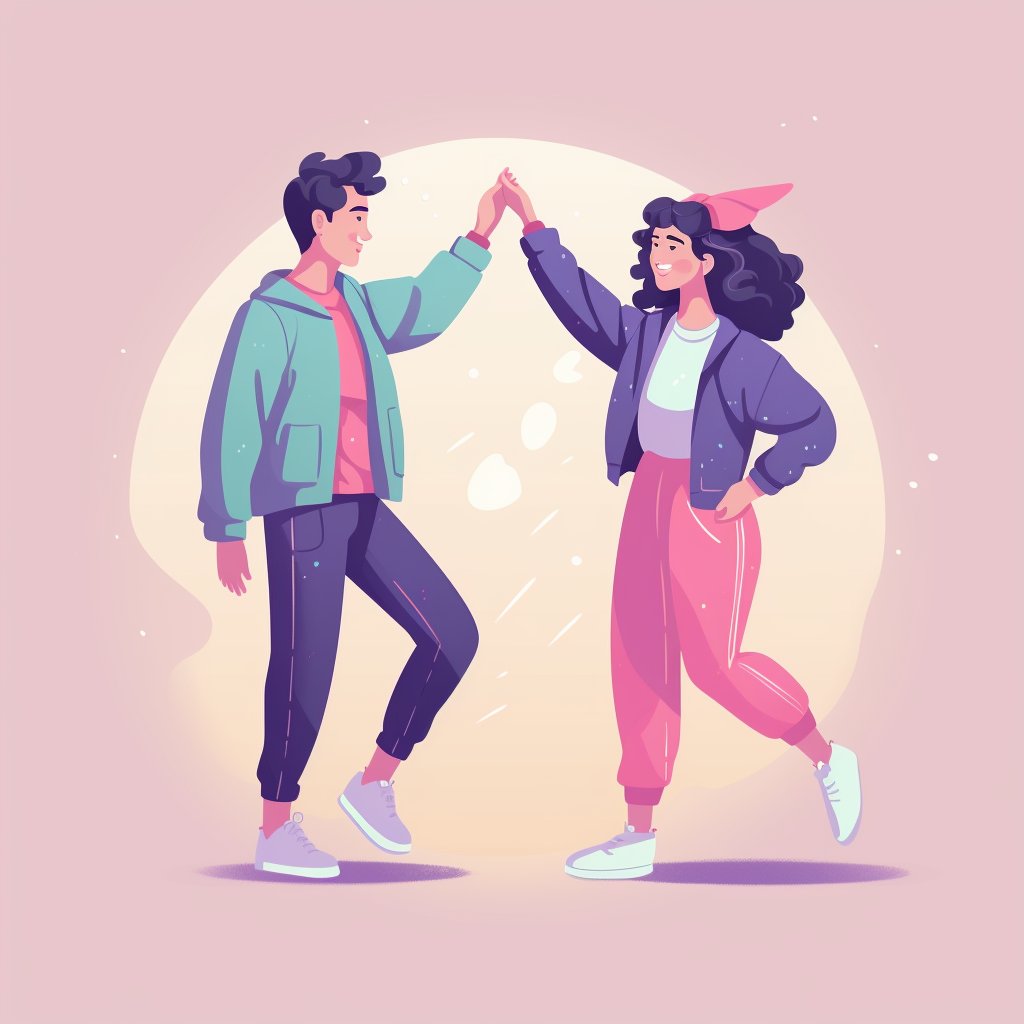
Supporting asexual individuals dealing with OCD is all about being there for them in a friendly and understanding way. Here are some tips to provide support:
- Educate yourself about both asexuality and OCD to understand the unique challenges associated with each. Be aware of common misconceptions and stigmas surrounding asexuality and OCD.
- Encourage open and non-judgmental communication. Allow them to share their experiences and feelings without pressure. Ask questions to better understand their perspective and concerns.
- Respect an individual’s comfort level in discussing their asexuality and OCD. Avoid pushing for details or making assumptions. Recognize that personal boundaries may vary, and what works for one person may not work for another.
- Offer emotional support and reassurance. Let them know you are there for them without judgment. Validate their experiences and feelings.
- Suggest seeking professional support from mental health professionals who are knowledgeable about both asexuality and OCD. Assist in finding resources and treatment options that address their unique needs.
- Be inclusive and accepting. Challenge any misconceptions or stigmas you may encounter and promote understanding within your community.
- Be patient and allow the individual the time they need to manage their challenges. Recognize that their experiences may be unique and not fit into traditional expectations.
- Help them connect with supportive communities, both within the asexual and OCD communities. Peer support can be invaluable.
Continue reading…
HealWiser’s Last Piece of Advice
By questioning the stereotypes linked to OCD and Asexuality, we open the door to smashing stigmas and creating a friendlier, more understanding vibe in our communities. Getting the word out, educating others, and having open chats become super important to build an environment that embraces and appreciates the diverse experiences of people dealing with the complex mix of OCD and Asexuality.
Sharing your experience can provide valuable insights and emotional support. So…
…share your story with HealWiser and others in the comments section below this post.


